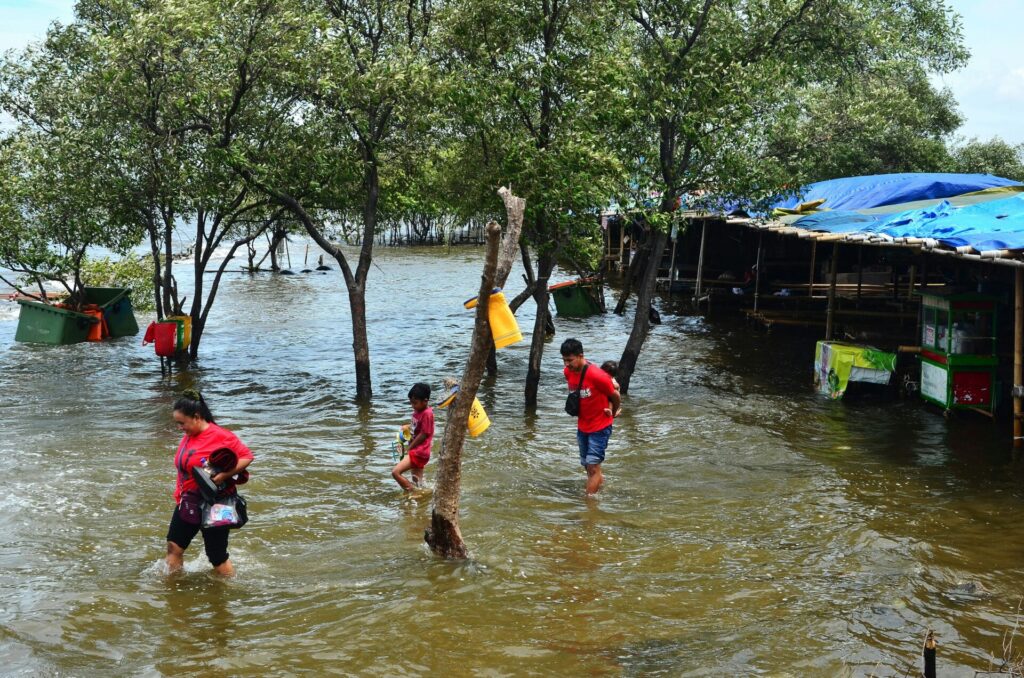The rising sea levels are no longer a distant threat—they’re here, reshaping coastlines, displacing communities, and endangering ecosystems. With global temperatures rising and polar ice caps melting, the oceans are creeping up at an alarming rate.
By 2050, it’s estimated that over 200 million people worldwide could be displaced due to coastal flooding, a stark reminder of the pressing need for action. Let’s explore how sea level rise is impacting coastal communities and what can be done to mitigate this escalating climate hazard.
What’s Causing Sea Level Rise?
Sea level rise is primarily driven by two factors:
- Thermal Expansion: As oceans warm due to climate change, water expands, increasing sea levels.
- Melting Ice Caps and Glaciers: Rapid melting of ice sheets in Greenland and Antarctica contributes trillions of gallons of water to the oceans annually.
According to the Intergovernmental Panel on Climate Change (IPCC), sea levels have risen by about 3.7 inches since 1993, with the rate accelerating in recent decades.
The Devastating Impacts of Rising Seas
1. Coastal Flooding
Rising seas make coastal regions more prone to storm surges and flooding. Cities like Miami, Jakarta, and Venice are already experiencing regular tidal flooding, disrupting daily life and damaging infrastructure.

2. Displacement of Communities
Coastal populations face the risk of becoming climate refugees. Small island nations, such as the Maldives and Kiribati, are at risk of becoming uninhabitable within decades.
3. Habitat Loss
Rising waters threaten vital ecosystems like wetlands and mangroves. These natural barriers, which protect coastlines from erosion and storms, are rapidly disappearing.
4. Economic Consequences
The financial toll is staggering. The cost of damage to coastal infrastructure and real estate could reach $14.2 trillion annually by 2100, according to recent studies.
Sea Level Rise and Its Role in Climate Hazards
Sea level rise amplifies other climate hazards, creating a dangerous feedback loop:
- Storm Intensity: Rising seas intensify the impact of hurricanes and typhoons, causing widespread destruction.
- Saltwater Intrusion: Higher sea levels push saltwater into freshwater systems, contaminating drinking water and affecting agriculture.
- Erosion and Land Loss: Coastal erosion is exacerbated, leading to the loss of land and habitats.
Real-World Examples
- Bangladesh: With much of the country lying just a few meters above sea level, Bangladesh faces severe flooding and saltwater intrusion, impacting millions.
- New Orleans, USA: After Hurricane Katrina, the vulnerability of low-lying areas to storm surges became glaringly apparent.
Learn more about The Growing Threat of Extreme Weather Events: What You Need to Know
What Can Be Done?
1. Strengthen Coastal Defenses
Investing in seawalls, levees, and natural barriers like mangroves can reduce the impact of rising seas.
2. Transition to Renewable Energy
Reducing greenhouse gas emissions is critical to slowing global warming and its effects.
3. Adaptation Strategies for Communities
Governments must implement relocation plans, early warning systems, and sustainable urban planning to protect vulnerable populations.
A Call to Action
Sea level rise is a wake-up call for humanity. From individual actions like reducing carbon footprints to collective efforts in demanding policy changes, we all have a role to play.
The time to act is now. By prioritizing sustainability and supporting climate-resilient solutions, we can protect our coastal communities and ecosystems for generations to come.
Follow Us: